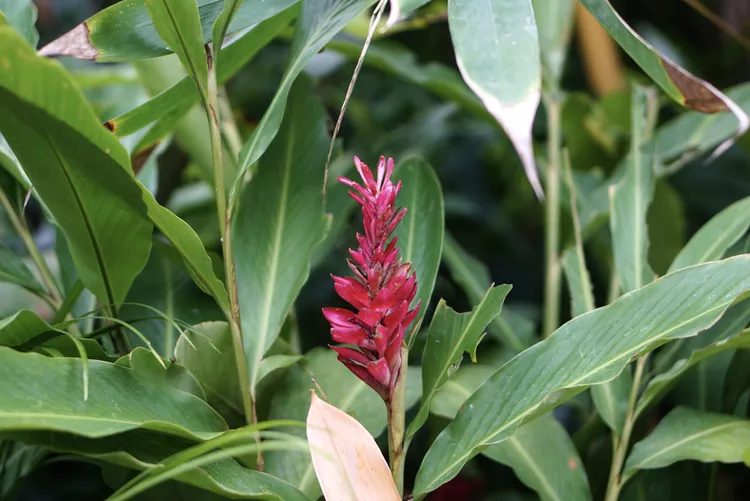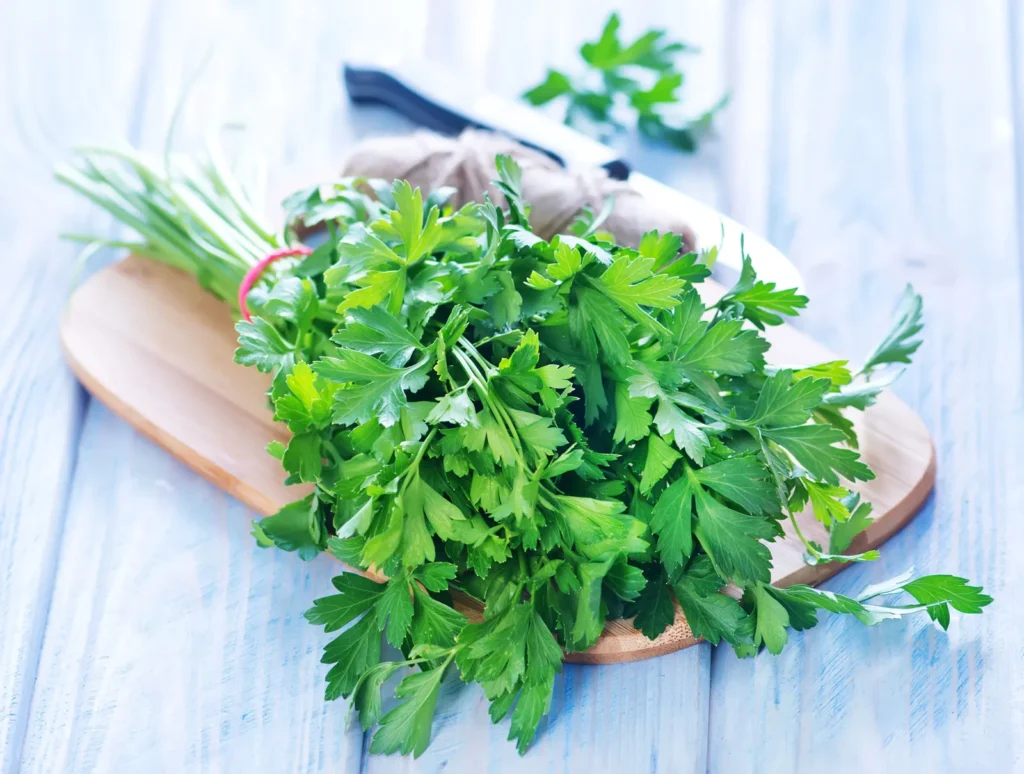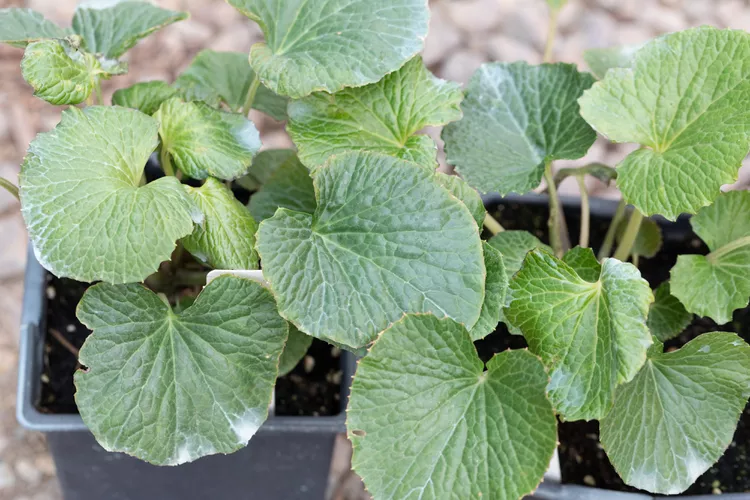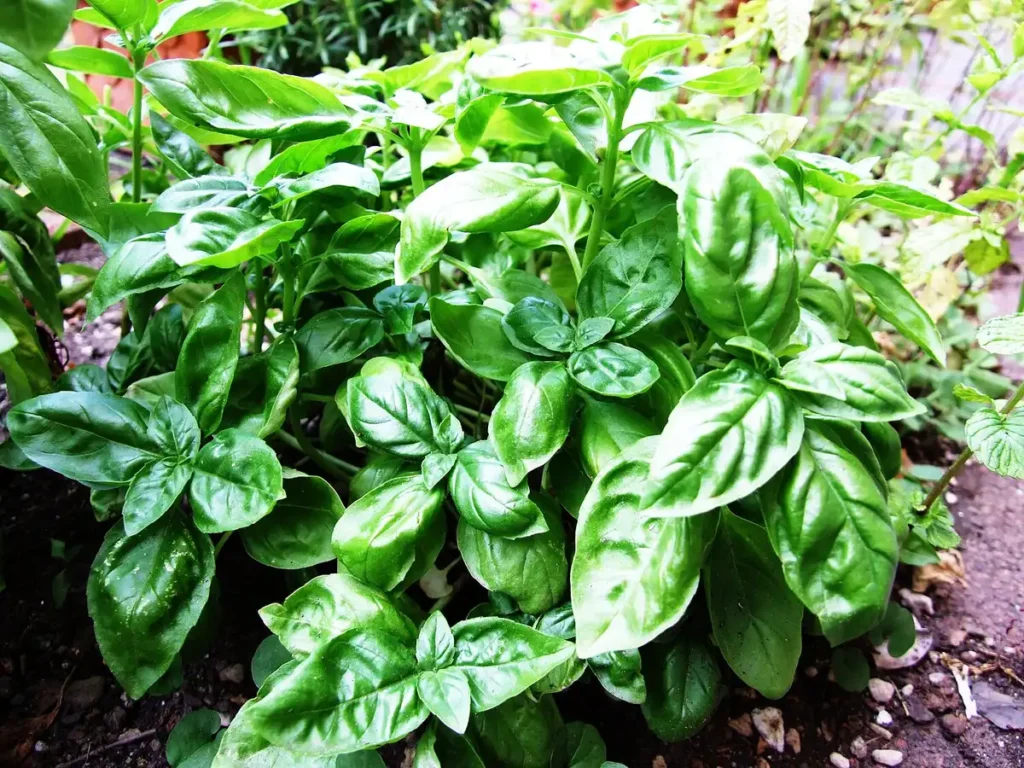
Description
The perennial herbaceous plant known as turmeric can grow up to one meter tall. Its rhizomes are aromatic, cylindrical, golden to orange, and heavily branching. Two rows of leaves alternate with one another. They are divided into the leaf sheath, leaf blade, and petiole.
There are stem bracts, which are absent from the inflorescence at the top and have tapering upper ends. They range in color from white to green and occasionally have a reddish-purple tinge.
Habitat
Mainly grown in India, China, Taiwan, Indonesia, Sri Lanka, Java, Brazil, Peru, and several regions of Africa and Australia, turmeric is an extensively used crop. There are several names for turmeric in the world.
Uses
The roots of the plant, known as rhizomes or turmeric, are used either fresh or dried and crushed into a spice.

Plant Care
- Light
Turmeric grows well in broad sun in the colder northern climates. It benefits from partial sun in southern regions, particularly in the hot afternoon hours.
- Soil
Rich soil is best for turmeric. This can be performed by adding manure or compost. Also, the soil needs to drain properly.
- Water
Depending on the stage of growth, a plant has different water requirements. Turmeric does not absorb much water at this phase, and overwatering causes root rot, so water it sparingly after planting until the rhizomes develop. When it begins to grow, irrigate it frequently if there isn’t enough rain to keep the soil continuously moist but not soggy.
- Fertilizer
Regular fertilization is necessary for turmeric during the spring and summer growing seasons. Once a month, feed it with a comprehensive, balanced water-soluble fertilizer, like 10-10-10. Follow the instructions on the product packaging for the amount to use.
Table





